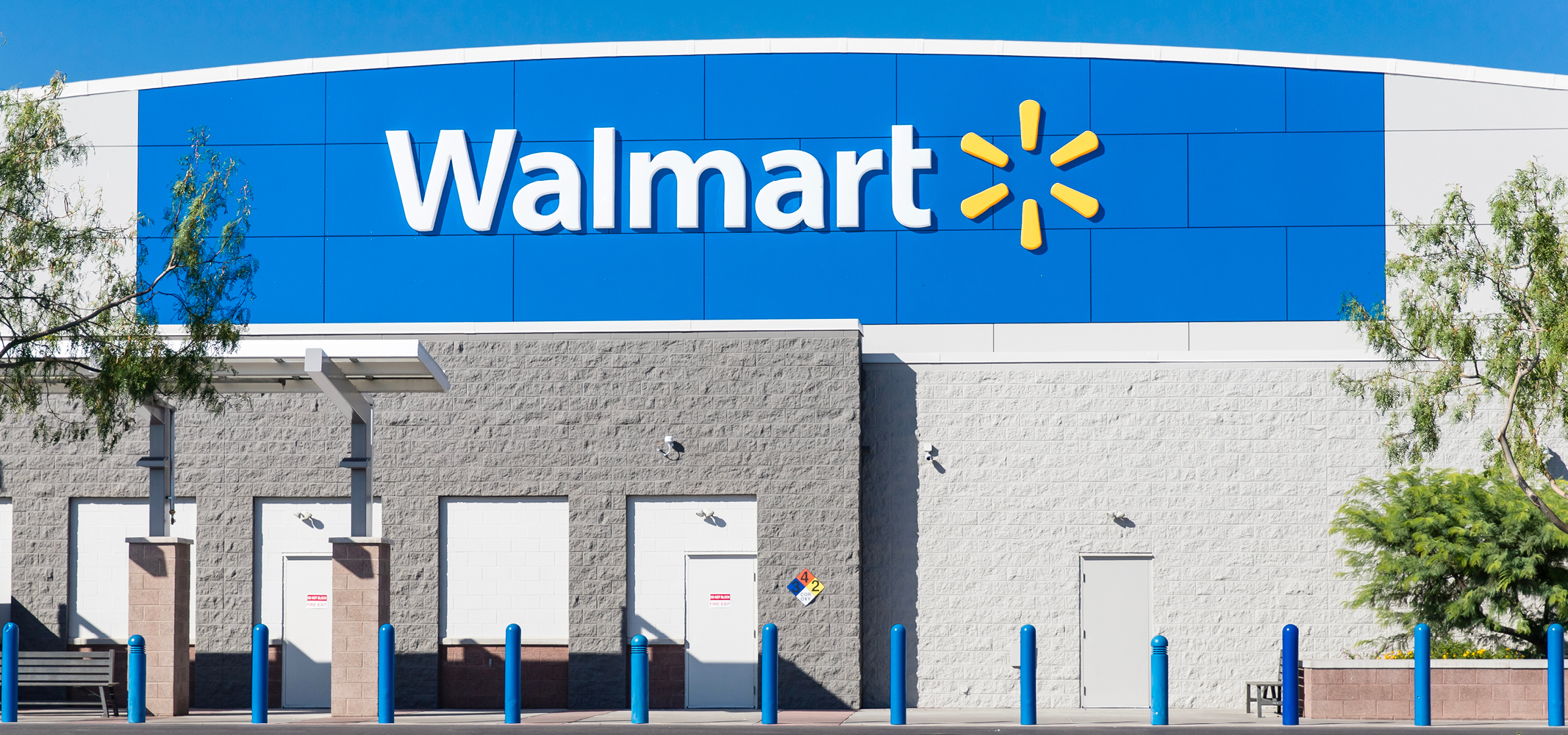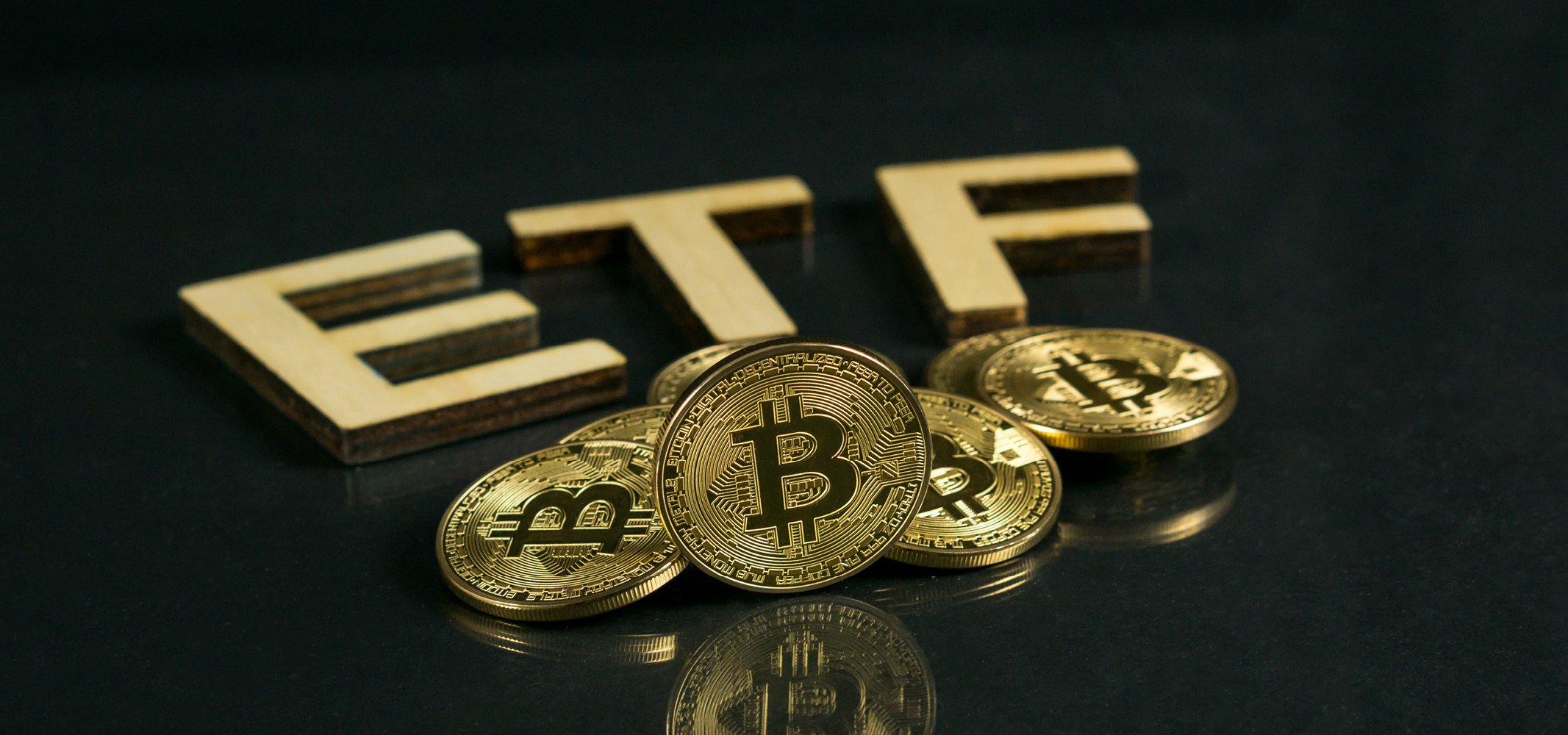Stock market hacks, SIM swaps, the loss of a smartphone or laptop – hot wallets are practical but vulnerable. A paper wallet can help here. At first glance, a Bitcoin address can look like a random combination of numbers and letters. But in fact it can be precisely calculated – from the private key. That is why the private key must never fall into the hands of strangers! It would be easy to find out the corresponding Bitcoin address and take possession of the BTC units stored on it.
The first step in creating a (Paper) Wallet is to generate a Private Key. The best way to do this is to use a reliable random number generator, such as the one found at bitaddress.com. The website offers all the functions you need to create a Paper Wallet. A common alternative to bitaddress.com is the website WalletGenerator.com. No matter which tool you choose, the private key should always be generated offline. With the above mentioned websites this is no problem, because their code can also be executed offline. To do this, you have to download the websites by right-clicking and selecting “save as”.
After you have disconnected your computer from the Internet or, even better, transferred the downloaded HTML file via USB stick to an offline computer and loaded it, the creation of the Paper Wallet can begin. The file is executed in the browser as usual.
First the Private Key is generated. In order to make the process more random, the program requires the user to make a series of random keyboard or mouse entries. From these inputs, the program generates the seed, which serves as the seed for all further wallets. The next step is to click on the Paper Wallet tab and you will promptly receive three Bitcoin addresses including the Private Key. If you want, you can secure your wallets with a password. But attention: Not all wallets are compatible with BIP38.
To reduce the risk of total loss, it is advisable to divide your Bitcoin assets among several wallets. You can bring the Paper Wallets into the analog world by clicking the “Print” button. Again, a printer that is not connected to a network should be used. Now you can still fill the printed Paper Wallets with Bitcoin. To do this, send BTC to the public address (“Look and Verify”).









Leave A Comment
You must be logged in to post a comment.